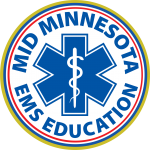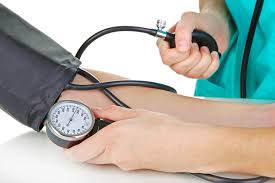From time to time we receive calls from perspective students asking which class I should take. The answer truly depends on what you wish to do with your emergency medical services training. Emergency Medical Technicians (EMTs) and Emergency Medical Responders (EMRs) are both critical components of the emergency medical services system. They are often the first to respond during a medical emergency, providing immediate care to patients. However, while they may seem similar, there are distinct differences between EMTs and EMRs, especially in Minnesota (MN). Here we will delve into these differences and provide an overview of the MN EMT certification process.
Understanding Emergency Medical Technicians (EMTs)
In Minnesota, an Emergency Medical Technician is a healthcare professional trained to provide pre-hospital emergency medical services. They have more extensive training than EMRs and can perform more advanced procedures.
EMTs are skilled in assessing patients’ conditions, managing respiratory, cardiac, and trauma emergencies, administering appropriate emergency care and transporting patients safely. They can also administer medications orally or intravenously under certain circumstances.
To become an EMT in Minnesota, one must complete a state-approved EMT course that includes both classroom instruction and clinical experience. After completing the course successfully, candidates must pass the National Registry of Emergency Medical Technicians (NREMT) exam to obtain their MN EMT certification.
The Role of Emergency Medical Responders (EMRs)
Emergency Medical Responders in Minnesota are individuals who have been trained to provide initial stabilizing care at the scene of an emergency while waiting for additional EMS resources to arrive. Their role is primarily focused on immediate life-saving interventions such as CPR or controlling bleeding.
The training for EMRs is less comprehensive than that for EMTs. It typically includes basic first aid skills, patient assessment techniques, and instruction on how to use automated external defibrillators (AEDs). Unlike EMTs, EMRs cannot transport patients or administer medications.
MN EMT Certification: The Process
Obtaining your MN EMT certification involves several steps:
1. Complete an Approved Course: The first step towards becoming an EMT in Minnesota is completing a state-approved course that provides both theoretical knowledge and practical skills training. Mid-Minnesota EMS Education is approved by the MN EMSRB as an EMT education program provider.
2. Pass the NREMT Exam: After successfully completing your course, you will need to pass the NREMT exam which consists of two parts – a cognitive exam testing your theoretical knowledge and a psychomotor exam evaluating your practical skills.
3. Apply for State Certification: Once you pass the NREMT exam, you can apply for state certification through the Minnesota Emergency Medical Services Regulatory Board (EMSRB). You will need to submit proof of your education and NREMT certification along with your application.
4. Maintain Your Certification: To keep your MN EMT certification valid; you must complete continuing education requirements every two years and recertify with EMSRB and the NREMT every two years as well.
Conclusion
While both EMRs and EMTs play crucial roles in responding to emergencies in Minnesota, there are clear distinctions between them regarding their responsibilities and level of training required. If you’re considering a career in this field, understanding these differences can help you decide which path is right for you.
Remember that becoming an EMT involves rigorous training followed by passing a national examination before obtaining your MN EMT certification from EMSRB. Despite its challenges, many find it rewarding due to its potential impact on saving lives during emergencies.
Whether you choose to become an EMR or pursue MN EMT certification depends on your career goals and commitment level towards this demanding but fulfilling profession. Which ever program you wish to pursue, Mid-Minnesota EMS Education can help you to attain your certification goal.


